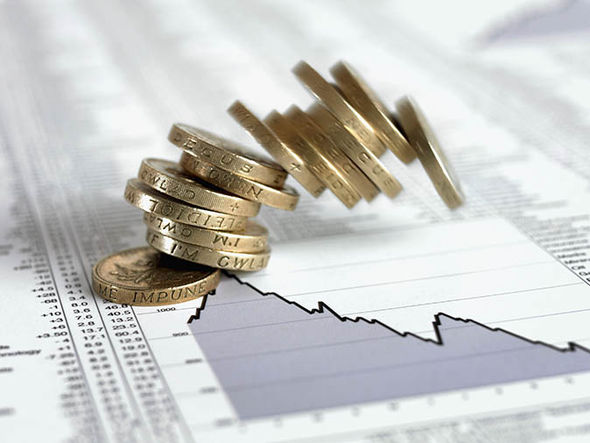There are many expenses and price fluctuations which can drain our finances. Rising petrol costs can make us feel worse off every time we visit the pumps. Rising energy costs can force us to tighten our purse strings when that quarterly bill comes through. The depreciation of the Rand can make importing goods an impossibility. But perhaps more immediate than any of these costs is the impact that food inflation has on how we feel about our finances.
When our “daily bread” begins to cost more and “eat” into our carefully balanced budgets, it can feel far more noticeable than any other cost. When we see the cost of our weekly shop rising week after week, it can be very worrying and can start to stretch budgets to breaking point. In fact, when the cost of a nutritious, balanced diet for a child rose in price by 11.6% in 2017 and the annual Child Support Grant annual rise only totalled 9.1%, many South Africans may have found themselves in financial hot water.

Drought & depreciation
2016’s major drought (the worst South Africa has seen for thirty years) played a huge role in the food inflation which hit hard towards the end of the year. With many home-grown ingredients unavailable, South Africa was force to import more food from overseas, increasing the price of many basic products.
The drought and increase in demand for imports could not have come at a worse time. In a year full of global political unrest, South Africa had also been struggling with a controversial president, corruption allegations, huge national debt and an economy teetering on the brink of recession. In fact, in April 2017 the country’s economic fragility was confirmed when S&P downgraded its credit rating to junk status.
All of this fiscal and political turmoil drove up the cost of importing food by further depreciating the value of the Rand against the Dollar, making buying from abroad even more expensive.
In the supermarket aisles
While droughts and depreciation have been happening at a national level, it’s on the ground in the supermarket aisles and markets of South Africa where the results are being felt. According to PACSA (who measure food prices with regular checks on a standard, nutritionally balanced “food basket”) from January 2016 to January 2017, the price at the checkout sky-rocketed to 16.5%, amounting to R295.21.
Although food inflation has slowed since January, learning how to cut food costs while maintaining a healthy diet could prove very useful for South Africans on a budget. Businesses and organisations like online loan providers Wonga have been creating educational resources to help, including tips like:
- Buy generic products
Branded products come with a steeper price tag. Choose supermarket own brand alternatives and “basics” ranges to cut costs. - Shop weekly
Daily shopping can result in more impulse purchases and a less strategic approach to your shopping list. Create a solid meal plan each week, then undertake one big shop. - Embrace your freezer
From fruit and vegetables on the turn, to that one portion of leftovers which can be re-purposed as lunch or a last minute dinner for one, freezing food instead of throwing it away will make you more resourceful and save money over the long term.
Have you been negatively affected by food inflation? Have you made changes to how you shop as a result? Tell us all about it.
